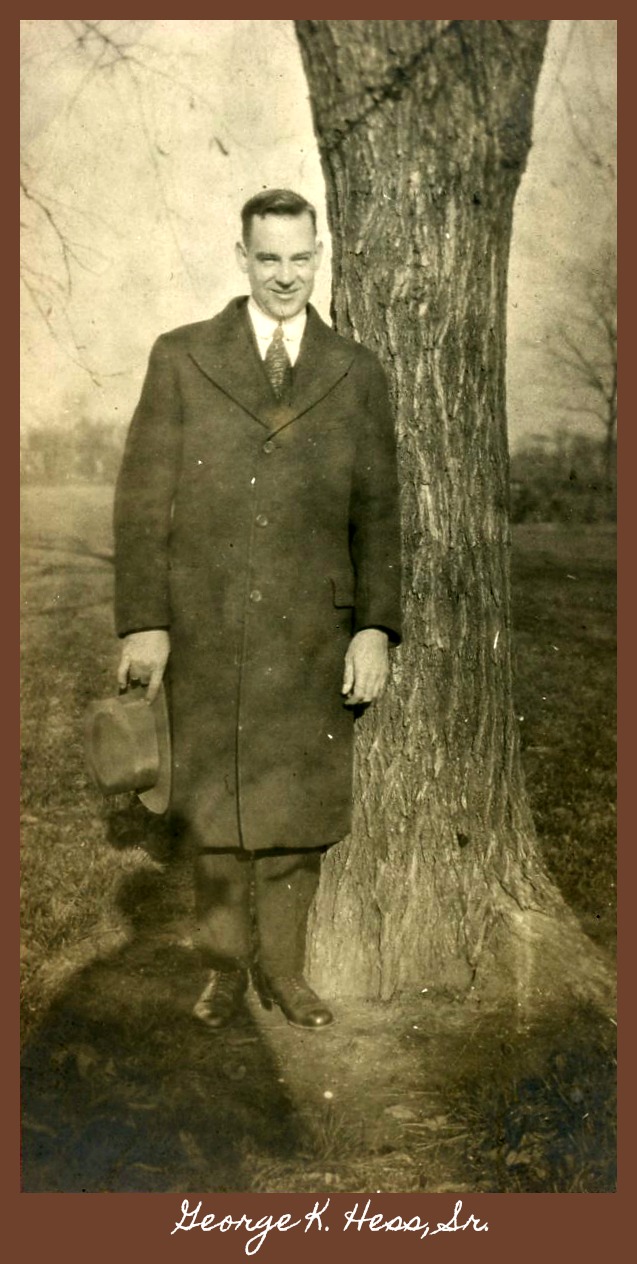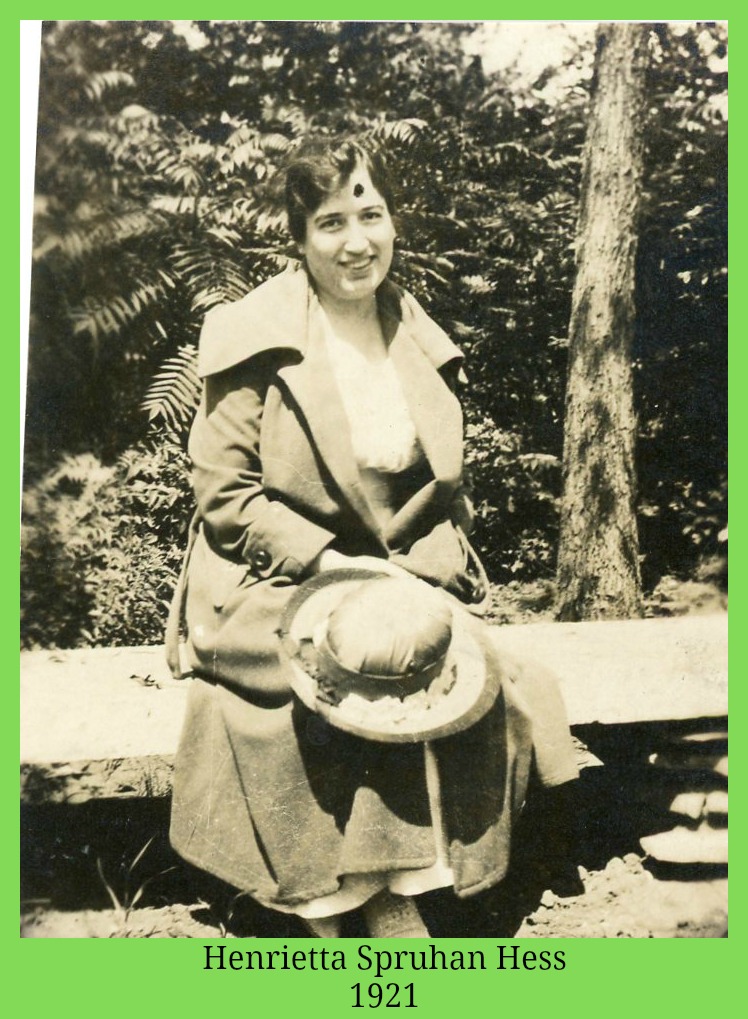I found a book on Ancestry.com with a chapter dedicated to the genealogy of Edward Higbee (spelling variations of Higby/Higbee/Higbye are common) “Edward Higby, Settler in New England,” https://drive.google.com/file/d/1GEg5i0bxuScOCHnm_3wp6hnWn3TpNB9G/view?usp=sharing
HERE ARE MY REFLECTIONS AND FINDINGS ON EDWARD HIGBEE – 8TH GREAT GRANDFATHER
As with several of my other blogs, I continue to ponder that a majority of my direct ancestors (and 53% of my DNA) are from Great Britain. Edward Higbee, the subject of this blog, is from my father’s side of the family. Until the recent past, I had not known much about the extended side of my father’s family or his connection to Great Britain heritage. Instead, I had based my beliefs about the nationality of my ancestors only on my mother’s side of the family. I had ALWAYS identified myself as being of German descent. In my generation of baby boomers, it was common to be asked where your family immigrated from and I always gave the same answer, “Germany!” I only mention this point, because it is quite a process to try to redefine thoughts of MYSELF! There have been many “eye-opening” experiences since I became fully immersed in genealogy research. I have started to “unpack” stories that are in a very real sense my own. The information for the story of my 8th great grandfather has been helped by the fact that his life has been carefully and diligently researched by many genealogists.
Edward Higbee, my 8th great grandfather, was from Ivinghoe, Buckinghamshire, England. He was born on 2 February 1616. (I think this is quite a nice birthday for an 8th Great Grandfather as it is also one of my favorite holidays- Ground Hog’s Day).
Edward’s father was John Higbed (note the variation of spelling) and his mother was Ursula Blacknell.
A quote ( FROM: https://www.wikitree.com/wiki/Higby-73)
“Edward Higby was born of yeoman stock, and probably grew to manhood in the parish of Ivinghoe. His father was altogether likely a tenant farmer, holding his land under the lord of the manor by copyhold. This method of holding land had become by this time similar to our estates in fee simple. The farmers of Ivinghoe sent their cattle and farm products to the London market. The beef cattle were driven to London the same as the farmers here drove their cattle to market one hundred years ago. Some of the Higbys dealt in cattle, and one was a butcher in London; and young men of this section went down to London for employment. The section in which the Higbys lived, about twenty miles wide, extended to within about fifteen miles of London; and now all this country up nearly as far as Ivinghoe, being in part hilly and wooded, is the playground of London.”
As an aside, many of our ancestors would have homes located close to London or in London.
Edward Higbee “crossed the pond” and immigrated to America. He settled in Pequot Harbor, Connecticut in approximately 1646. He would have been a very young man of 29 years at that time. In 1650, he moved and lived in Stratford, Connecticut,and was one of the early colonists who settled in that area. Life was often hard for these early colonists. Edward did not stay in Stratford long. He and his father-in-law had become active in trading and this occupation frequently took them to Long Island (at this time, Long Island was also a part of Connecticut.) Edward would become a resident of Long Island. I understand his trading among other things was in rum business. In 1659 Edward did not return from one of his trading expeditions. It was feared that he had been lost at sea.
There are some great stories about his final return from that trip after a lenghthy absence. Imagine my surprise to find out that Edward was actually arrested for running towards his wife and kissing her which was against the law to do on the Sabbath! He had to pay a fine for this action! But, he did live in Connecticut at a time when people in colonial New England were subject to laws limiting what they could do on Sunday. These laws were commonly known as the blue laws.
By 1664, Edward had purchased land in Middletown. The land purchase includes a deed from Scankeet (native American Indian). The deed is referenced in the book link that I provided at the beginning of this blog.
Edward married 2 times. He first married Jedidah Skidmore in Queens, New York, in 1648 when he was 32 years old. His wife Jedidah passed away on October 17, 1660, in Livingston, New York, at the age of 36. They had been married 12 years.
At the age of 46, Edward took his second wife Lydia Smith. Lydia was 19 years old when they were married. The age difference is startling to me in my present day culture! It was from this 2nd marriage that my family line continues with the birth of my 7th great grandfather, Samuel Higbee.
Lydia would only live to the age of 40. Edward died at the age of 83 years old.
Our Connections:
8th great-grandfather
son of Edward Higbie
son of Samuel Higbie
son of Samuel A. Higbee
son of Samuel Higbee
son of James Higbee
daughter of James Higbee
son of Mary Ann Higbee
son of Juan James Hess
son of George Kellogg Hess Sr.


































































